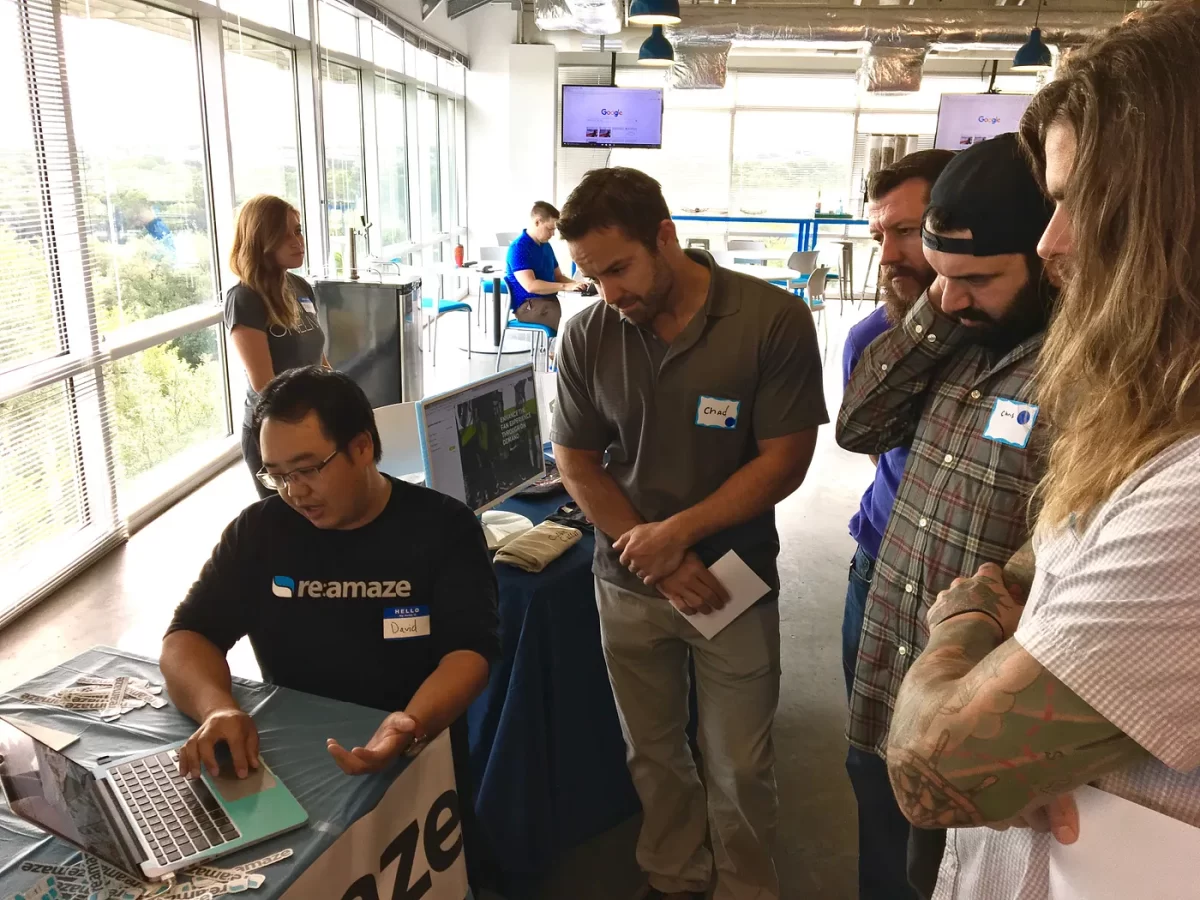Last Updated on September 1, 2023 by David
Also 7 things you can copy to achieve great results.
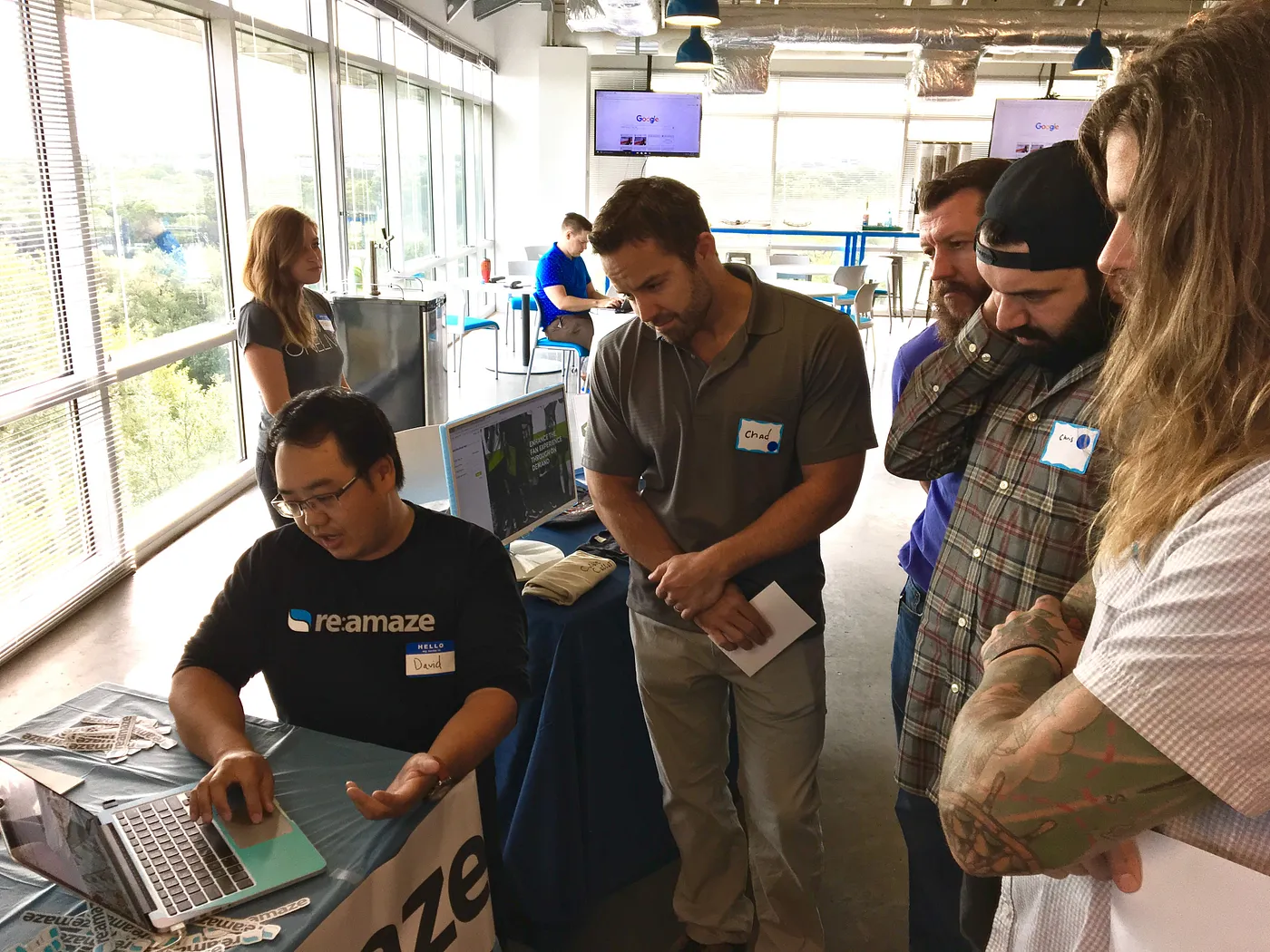
We’re the makers and builders of Re:amaze, a customer service platform designed for web based businesses. 2017 was a landmark year for us because we grew our paid subscribers by more than 2x. That’s huge to us, and to any SaaS business for that matter. We’d like to share some of the standout strategies we employed to achieve that level of growth and hopefully inspire other SaaS businesses in some small way, shape, or form. We’ve also got a plan in place to double our growth again in 2018 so we’ll share that as well.
7. We got vocal about what sets us apart from the rest
Differentiate or die is what they say. And so much of our growth has been about positioning and proper communications of the benefits we deliver. Since our founding in 2012, we’ve always held our core philosophy close to heart: to help businesses realize that their customer service operations is a revenue center and not a cost center. To do that, we designed and built a suite of easy-to-use and both agent-friendly and customer-friendly tools to facilitate more conversations, not less. We stripped out what many traditional helpdesk platforms loved to sell: ticketing, customer logins, forced processes, and instead focused on natural conversations.
We hammered on these concepts hard in 2017 and focused on helping eCommerce businesses by being more nuanced with our targeting and messaging rather than just targeting “small businesses” broadly. We talked the lingo, researched the industry like a doctorate dissertation, shared best practices, and had our customers talk us up in Slack channels, on social media such as Facebook Groups and Twitter, Co-Founders Lab, Product Hunt, GrowthHackers, Inbound, HackerNews, and on paid forums such as eCommerce Fuel. No stone was left unturned and everyone participated. In total, we had over 1,300 engagements across these channels and each one was measurably impactful.
Besides eCommerce, we do intend to target other niches but that we’ll always keep our messaging focused.
6. We ramped up our customer service quality even more
As a business that provides customer service tools, it’d be a huge joke if our customer service sucked. Let’s take a look at some of the reviews we received in 2017.


Cranking out better customer service is easier said than done. Over the course of 2017, we introduced features into the Re:amaze platform that gave businesses better insight into team performance such as better and more in-depth reporting and automated customer satisfaction surveys. These were the same features we adopted ourselves from day 0 to help gauge and fine tune our own support quality. We developed new internal processes that automatically fed customer feedback into our engineering road map and also made better use of our iOS and Android mobile apps in terms of notifications and response times. Combined with other new features like Office Hours, we also pumped up our Google Analytics to better analyze user behavior.


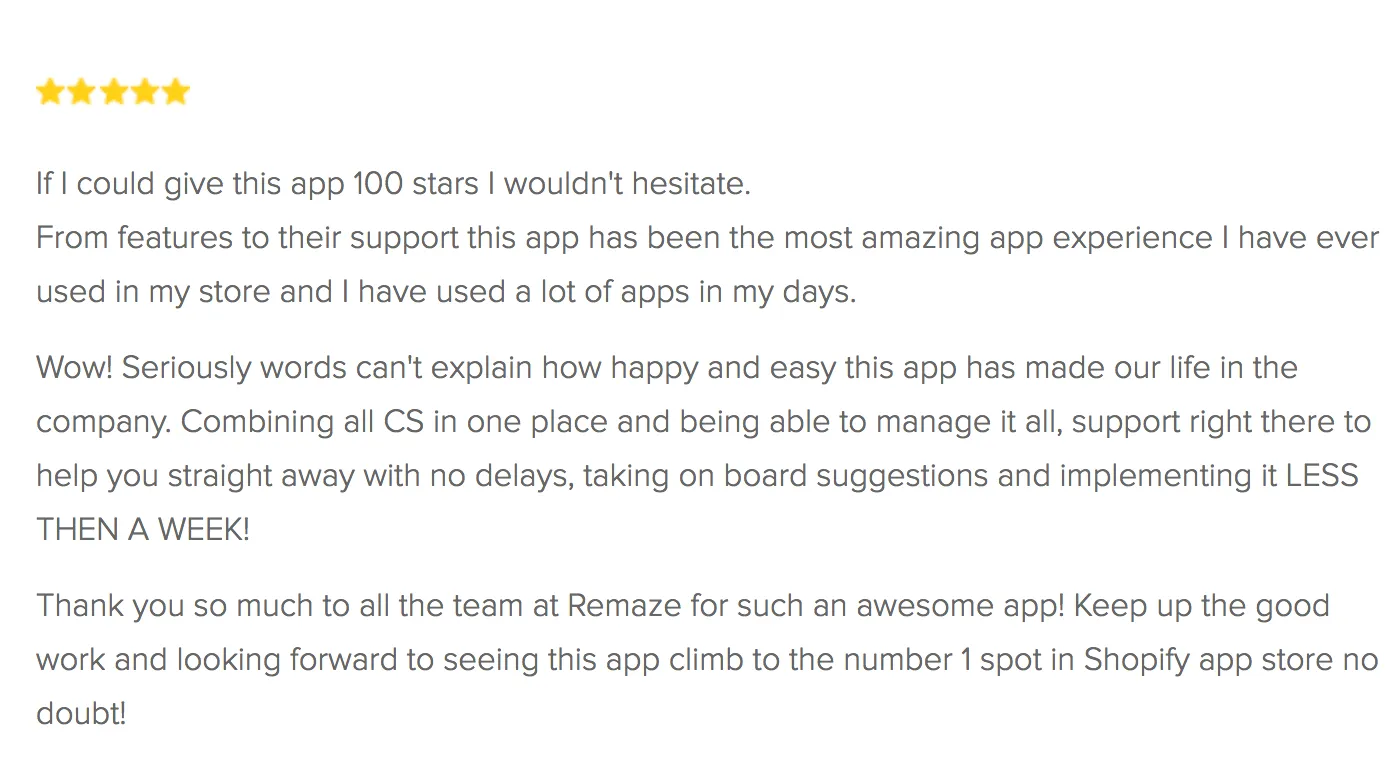
5. We wrote content
We created a ton of content that was shared thousands of times on social media and through partner channels. Content marketing should have a place at your business dinner table 24/7/365. Meaningful content drives awareness to your brand and philosophy and also increases your business authority in the industry in which you serve.
Rather than being the guy at the party who only talks about themselves, we wanted to be talking about broader topics that everyone cares about while still keeping the content relevant to companies like ours. This allows us to apply and reflect on our thinking broadly across industries to see if what we say holds weight.
- Editorial pieces like “The Tesla Way of Making a Great Product”, which was selected by Medium’s Editorial team for excellent content and recorded into an audio piece.

- Thought pieces on interesting industry trends like fidget spinners which gathered over 20,000 article views in just 3 days and shared by over 100 online content aggregators like reddit, hackernews (top 3 for more than 12 hours), quora, digg, and facebook. You can view the article here.
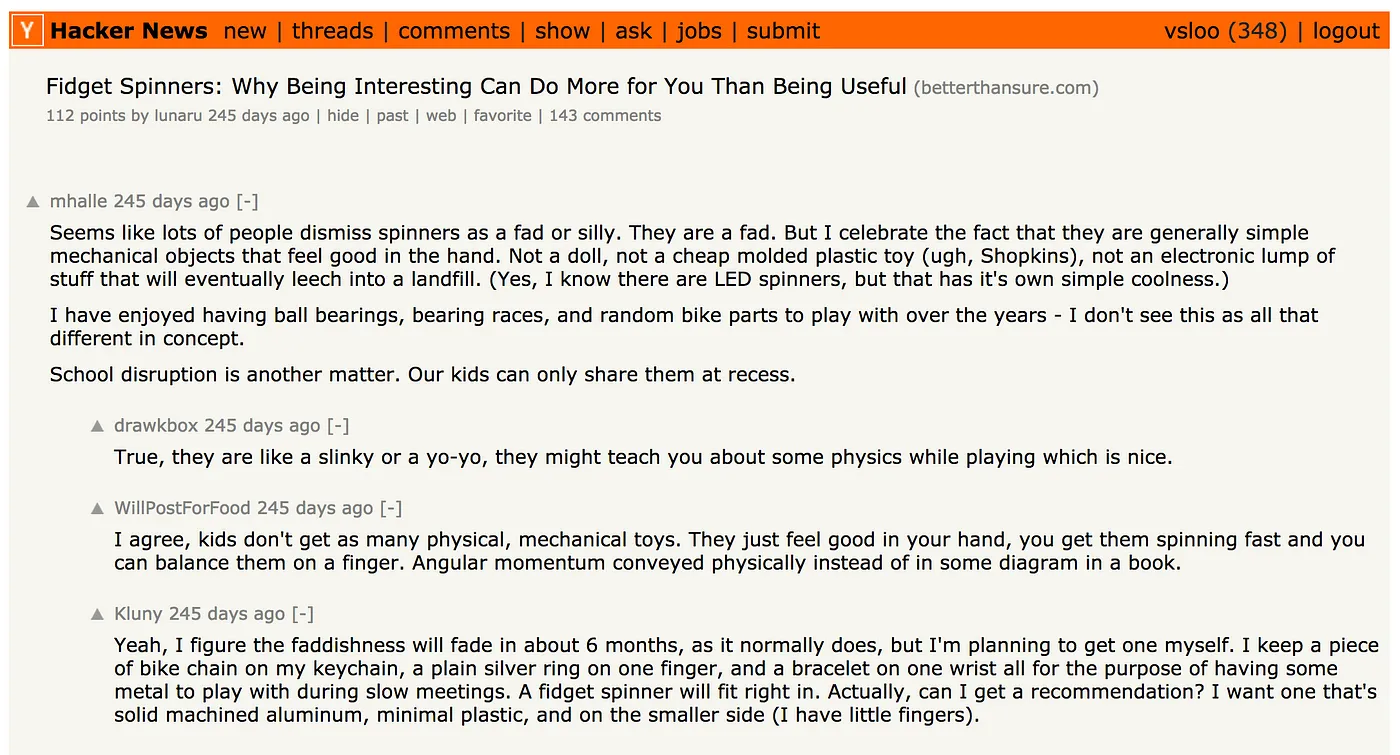

- How-to and best practices style articles like “Markers of a Great eCommerce Brand” and “Designing Customer Loyalty” to help our partners become more proficient at what they do. This style of content was tailored to our core customer base and well received in the channels in which they were published such as dedicated Facebook Groups, Shopify eCommerce University, and many more.
- We worked to boost our presence on Quora and answered relevant questions about SaaS, customer service, live chat, eCommerce, and much more. Between the two team members that worked on Quora on a daily basis, 2017 yielded over 400 questions answered, 80,000 answer views, over 500 edits, and accrued hundreds of content followers. Here’s a look at just one of our team member’s dashboard statistics.
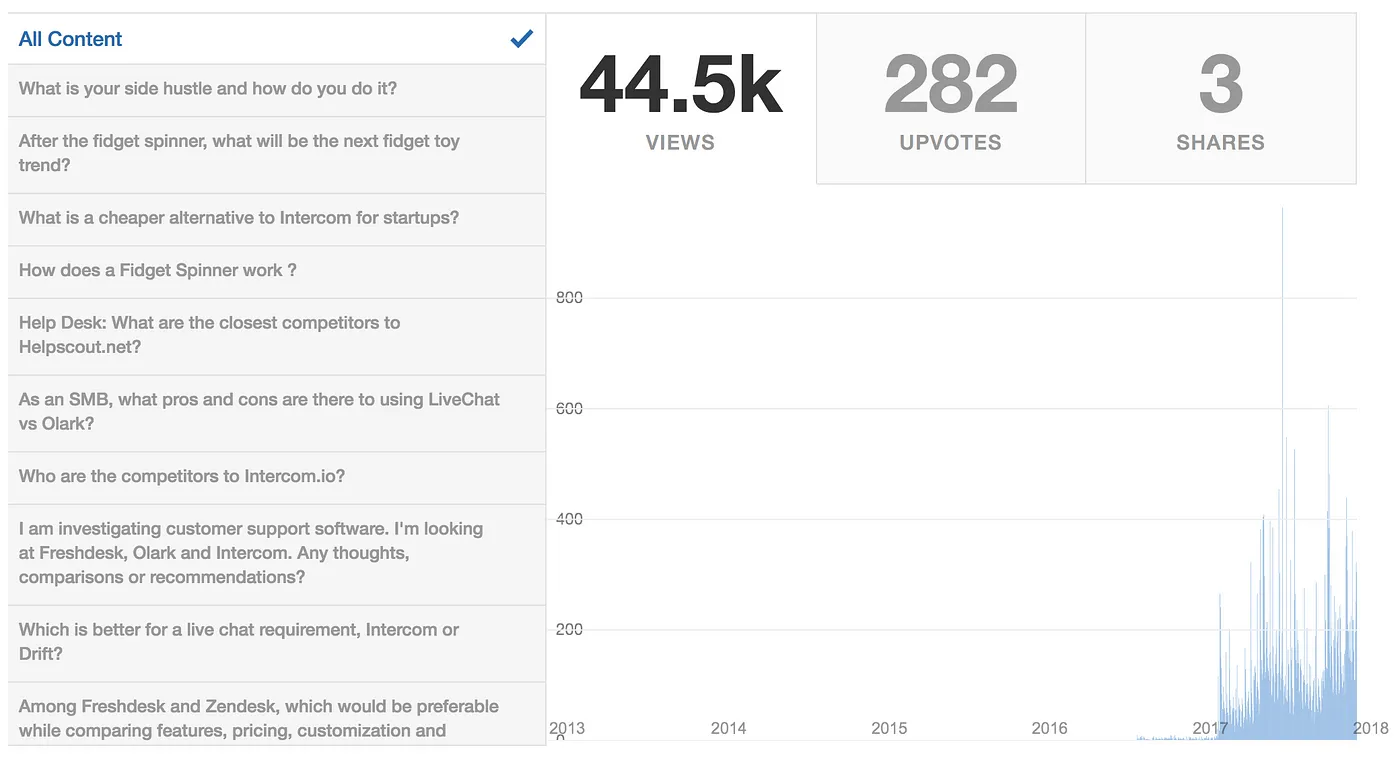
- Guest posts were also key drivers of our content marketing. In 2017, we partnered up with other app publishers like Lucky Orange, HeyCarson, as well as platforms like BigCommerce and Shopify to co-marketing unique content.
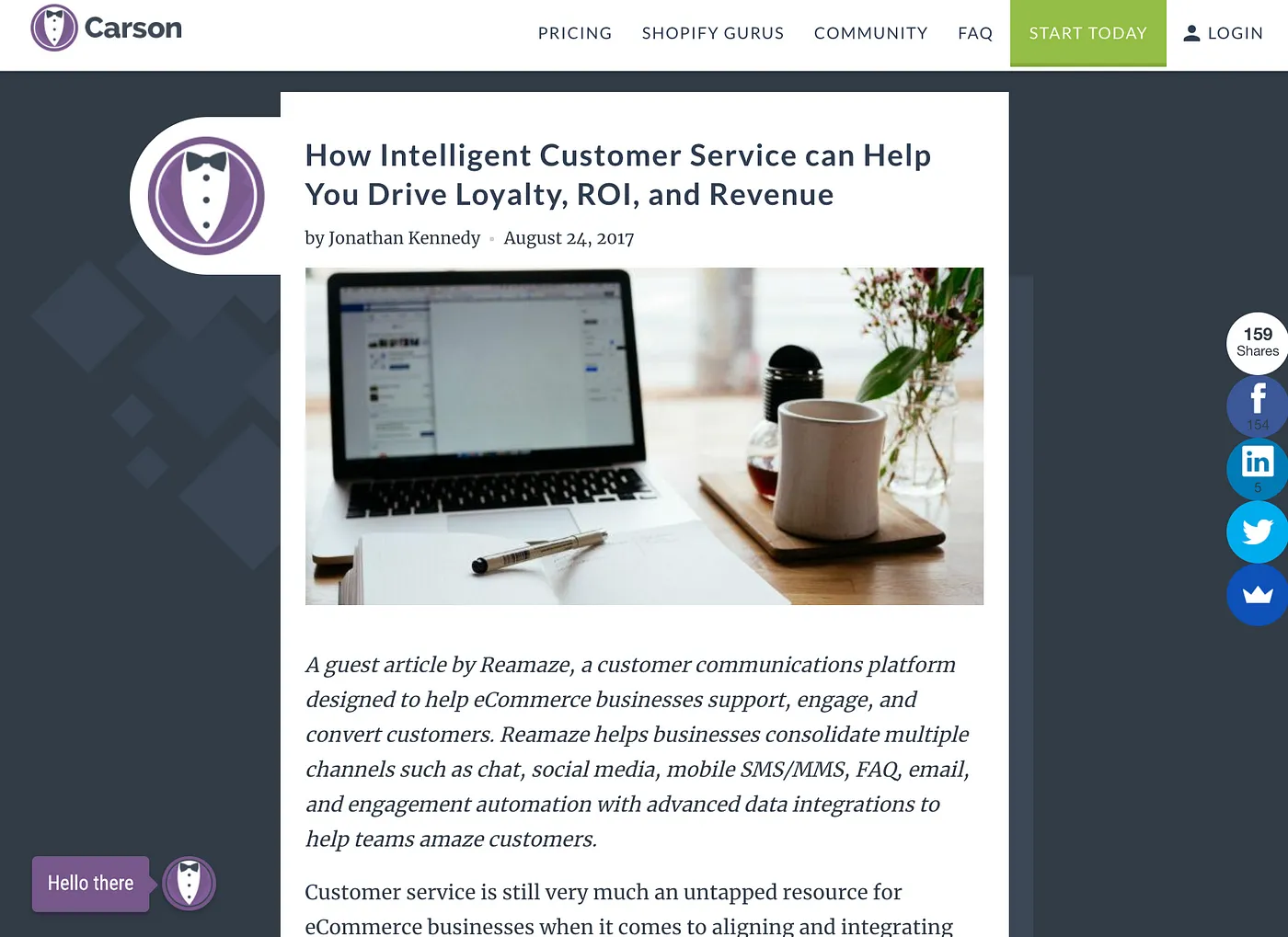
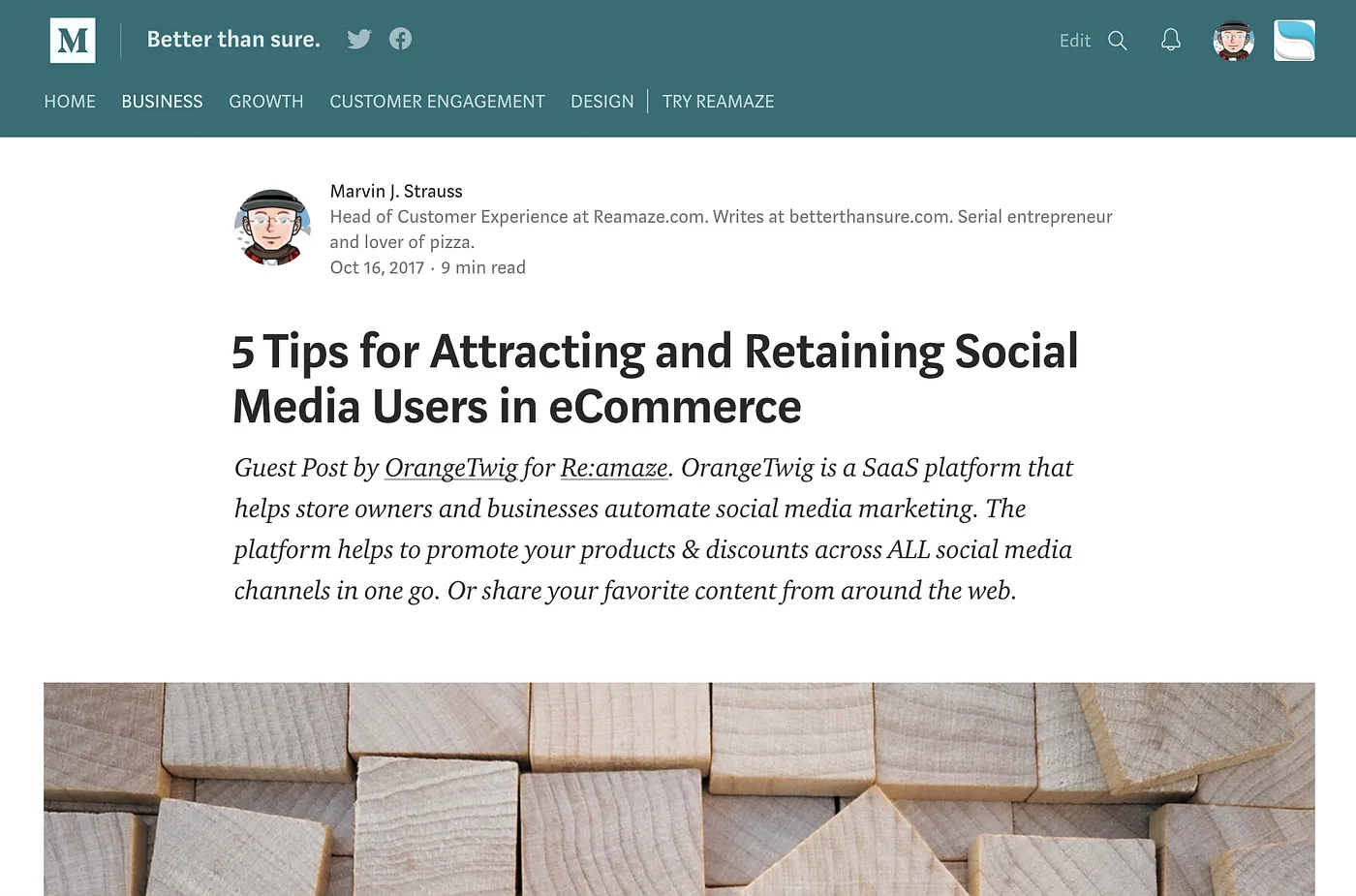
- Our Co-Founders wrote for important publications and blogs that drew awareness and attention to our brand. Click here to read one on the very popular BigCommerce blog.
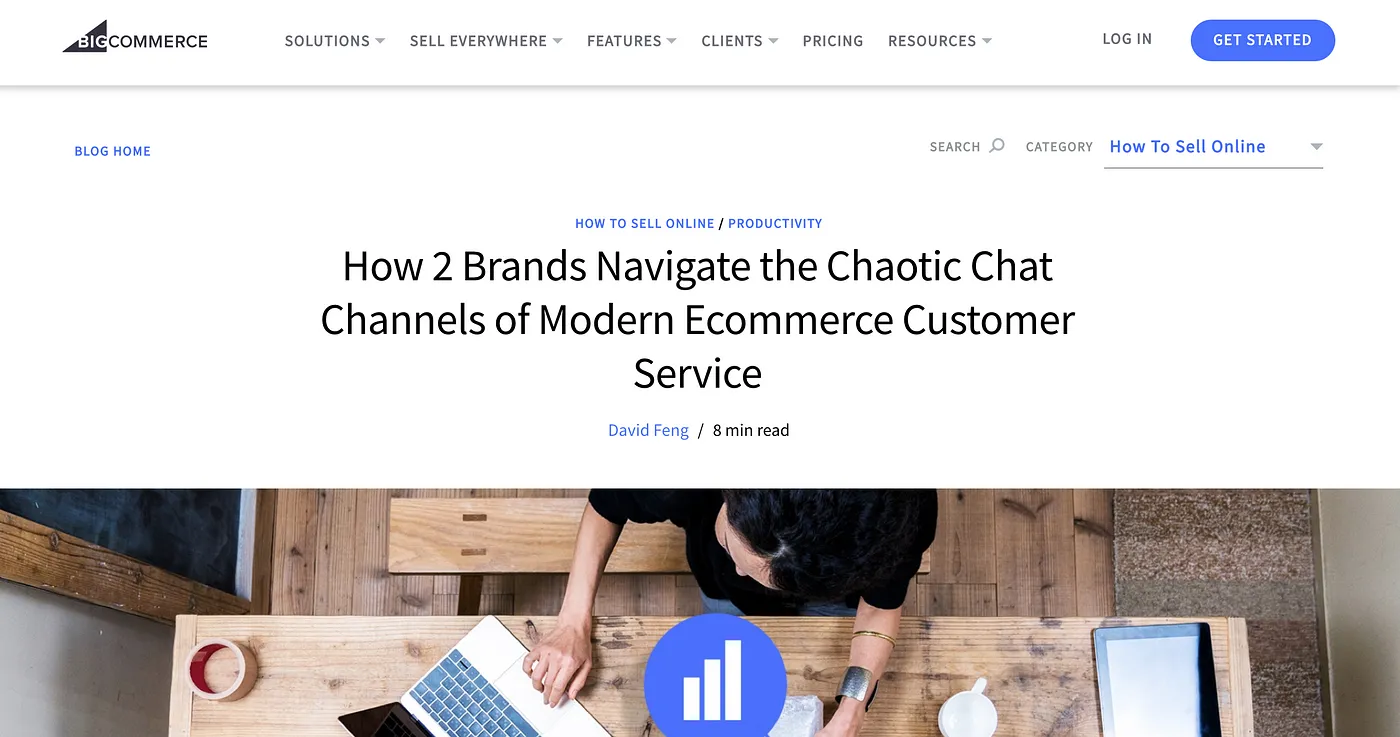
- We contributed to industry topics and and research as experts in our field: customer service and omni-channel communications.
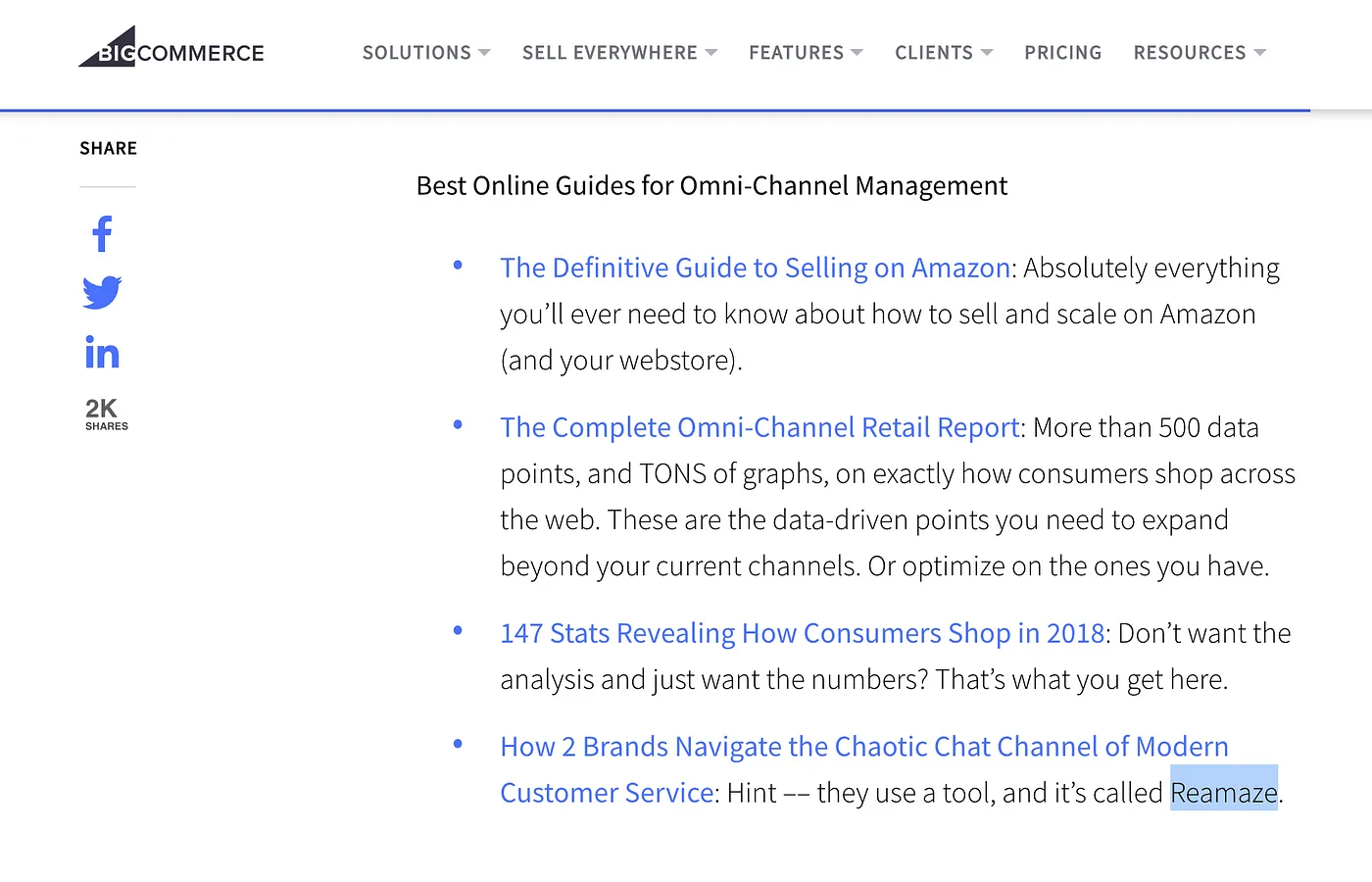
- We helped other entrepreneurs, business owners, and anyone who needed help, genuinely. We joined great communities like the SaaS Growth Hacks group on Facebook and involved ourselves in discussions as much as possible. There are tons of groups on social media and online that you can enroll yourself in. But remember, keep it genuine, keep it real. If you’re doing it right, people start recommending your services whether you like it or not.
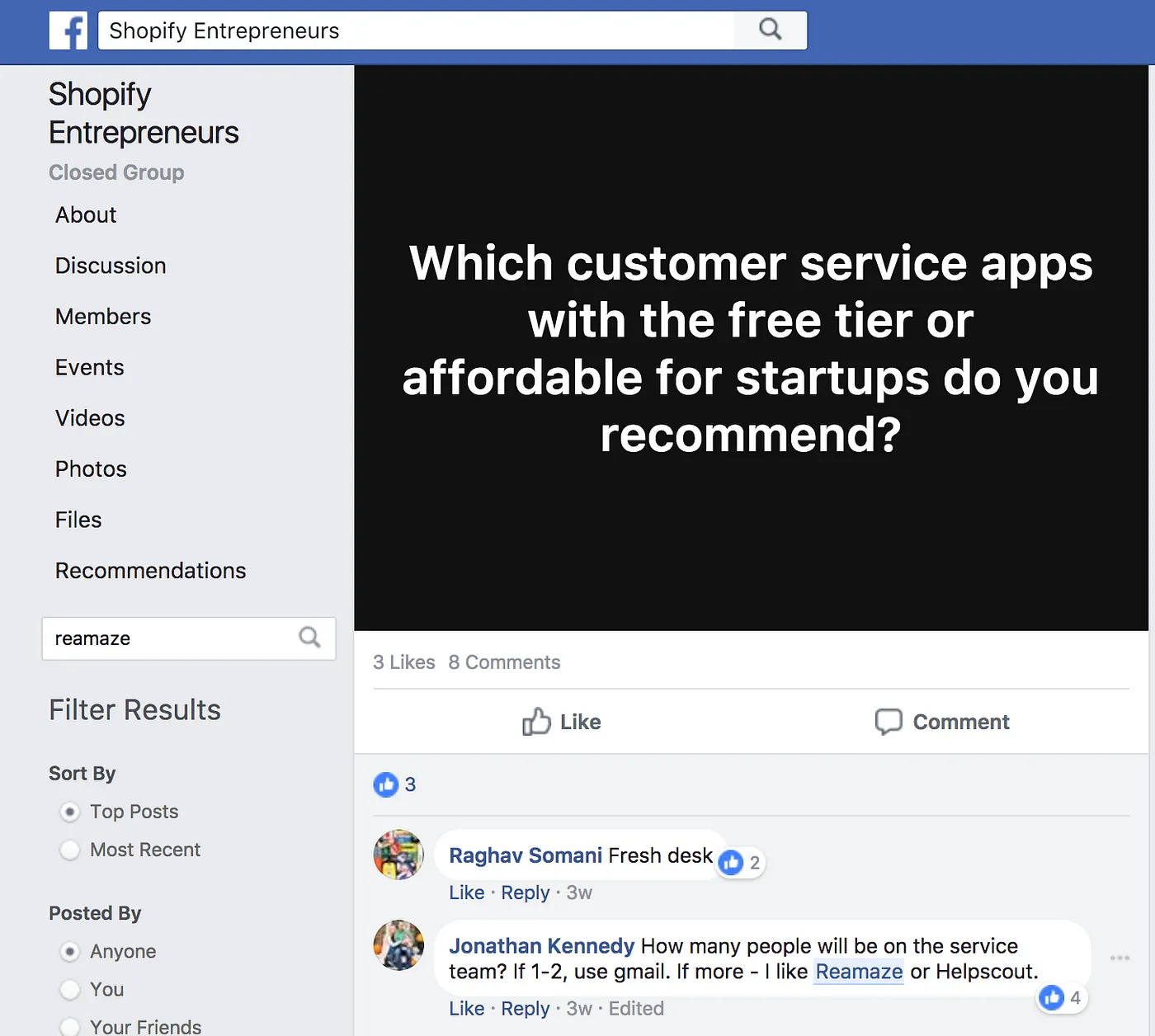
4. We worked on scalability and optimized performance
We devoted a major portion of our engineering time and resources in 2017 on optimizing platform performance for all Re:amaze features. Our core focus was on decreasing load times, page refresh times, and load bearing. Most Re:amaze users spend the majority of their time on different Re:amaze dashboards and conversations so it made sense to squeeze as much performance out of those key junctions as possible. It was important to keep them happy and give new users a positive first impression.
Our developers rewrote the core logic that fetched data from the Re:amaze database and converted it to JSON. The main issue resided in the fact that the previous method of loading dashboards and conversations created too many objects in memory. The newly optimized method results in the same amount of output but at far higher levels of efficiency.
In preparation of our first feature release in 2018, we also spent the latter half of 2017 on building out a web-socket based microservice to support capturing live customer activity at scale. We’ve also continued to improve our performance by horizontally scaling out our various service components that make up the features in Re:amaze.

3. We built features like crazy
Rather than focusing on building features we thought were good or necessary, almost every feature release and update was community driven and recommended by Re:amaze users. The lesson to learn here is not to “build lots of features” but “build features that your users care about”.
We pushed out 36 new major features and/or feature enhancements and 64 minor feature updates and/or enhancements over the course of 12 months in 2017. Here are some of the most popular features we released:
- Re:amaze Mobile for iOS and Android
- SMS/MMS integration with ClickSend and Twilio
- Embed 2.0 with updated user interface
- Advanced notifications
- Proactive engagement with Re:amaze Cues
- Google Tag Manager integration
- Dashboard refresh
- Customer Satisfaction Ratings
- Office Hours and Blackout Dates
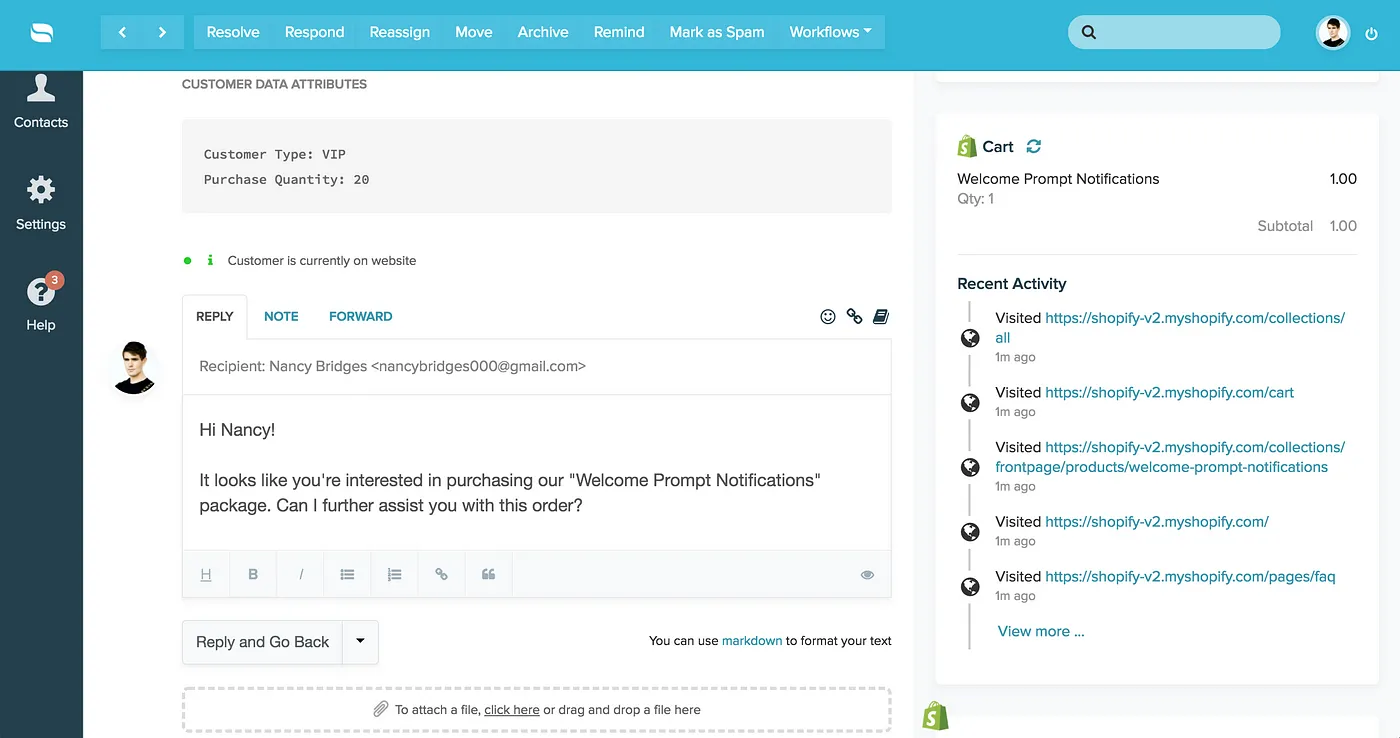 Re:amaze Customer Events and Live Monitoring
Re:amaze Customer Events and Live MonitoringSeveral things we did to gather feedback from our users:
- Sent satisfaction surveys with feedback request
- We asked for feedback during every active conversation
- We sent newsletters asking for feedback on how the product was performing for them and what they’d like to see in the coming weeks, months, and year
- We held giveaways and incentives that offered our paid customers $200 Amazon Gift Cards if they sent us their candid review and feedback of Re:amaze
2. We changed our pricing
Ah pricing… the love-hate relationship that turmoils all SaaS businesses. And yet, with all the advice going around for SaaS pricing, most SaaS businesses don’t actually experiment much with it. Since Re:amaze’s inception in 2012, we’ve changed our pricing model 4 times and we plan to continue iterating on pricing going into 2018 and beyond. Each time we change our pricing we think about the following:
- Does it balance our value-add and our revenue needs?
- Does the pricing model help us achieve our goals?
- Does our pricing model incentivize the customer enough to pick the plan we want them to pick?
As such, we’ve thought about the pros and cons of flat rate pricing, usage based pricing, tiered pricing strategy, per use pricing, per active-user pricing, per feature pricing, freemium model, and a few others. We ultimately went with this:
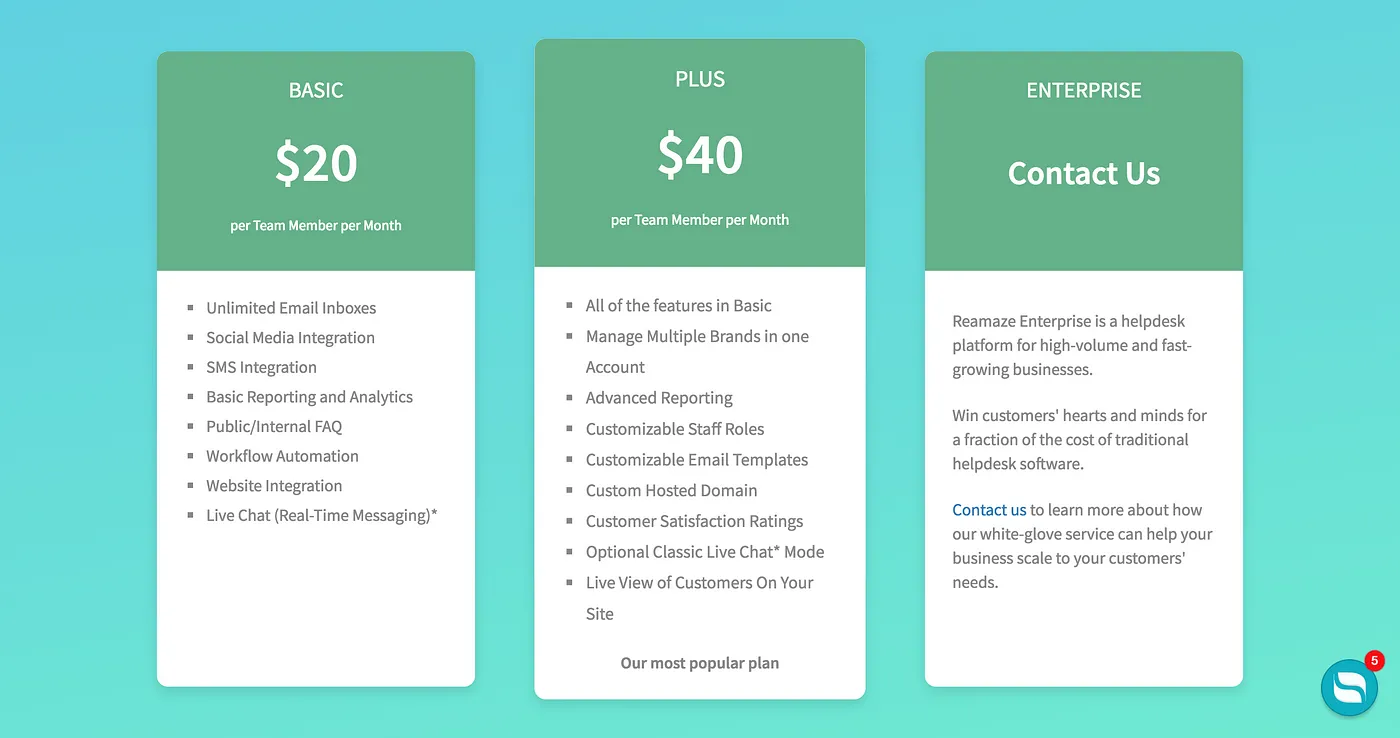 Re:amaze pricing.
Re:amaze pricing.A mixed pricing strategy of per user pricing and tiered pricing. With the addition of our Plus plan and the breakout of certain features, we were able to maximize conversion rates for both smaller businesses (which had no need for those premium features) and larger businesses (who were happy to pay for things like multi-brand and satisfaction ratings).
Our new pricing strategy kept Re:amaze as one of the most affordable helpdesk and live chat platforms on the market while packing quite a feature set. Re:amaze also remains one of the simplest platforms to use because of pricing. While many others had gone with a usage based pricing model or an expensive flat-rate pricing model, Re:amaze’s tiered per user pricing kept things simple and consistent.
1. We expanded our external channel partnerships
2017 was the year for Re:amaze channel partnerships and was the single most important initiative we embarked on (and achieved) to double our paid subscriptions.
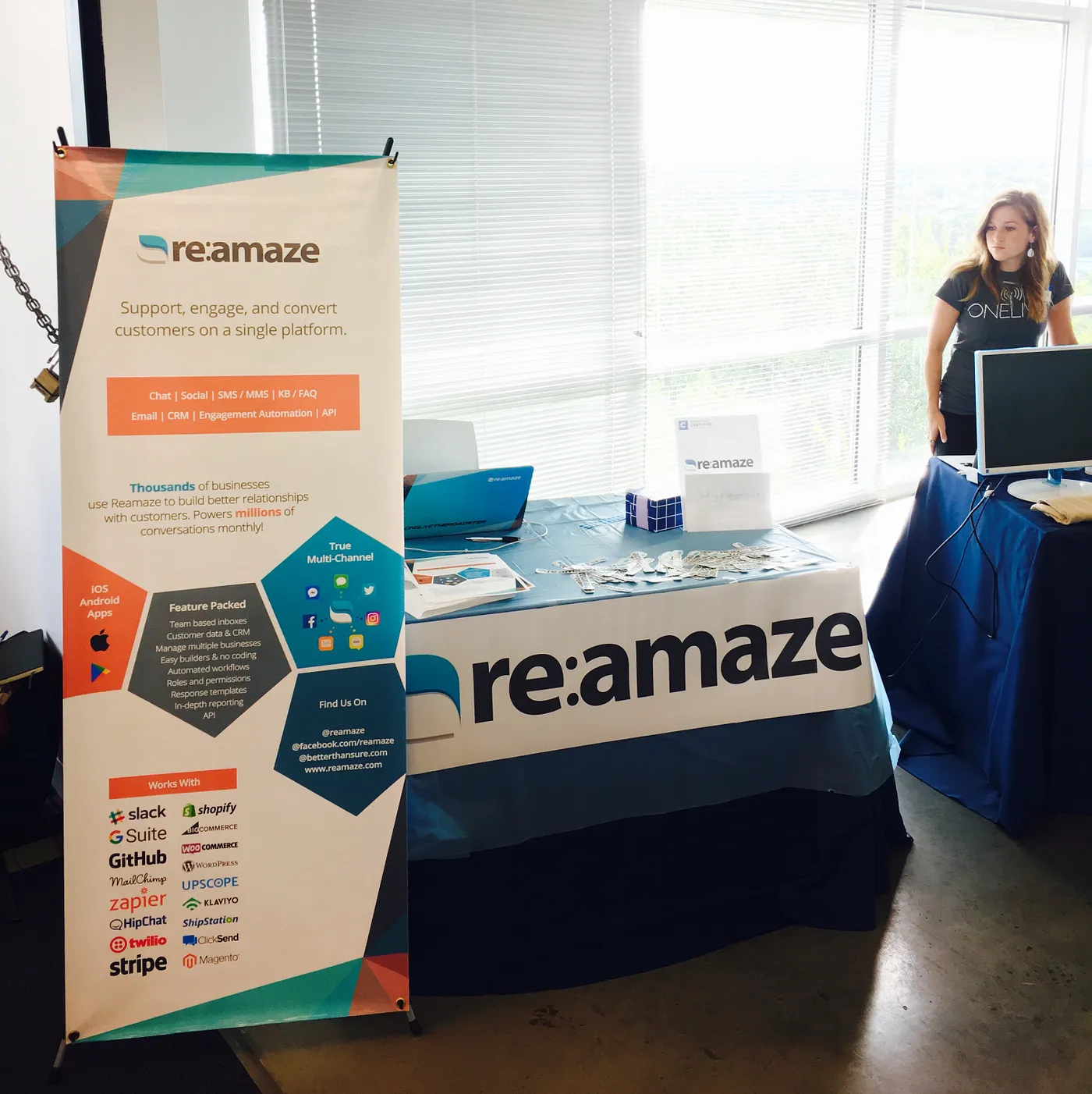 Re:amaze at BigCommerce Conference in Austin.
Re:amaze at BigCommerce Conference in Austin.In one year, we expanded our channel partnerships from just a few to over 15 and counting (not including Facebook, Messenger, Twitter, Instagram, and Google).
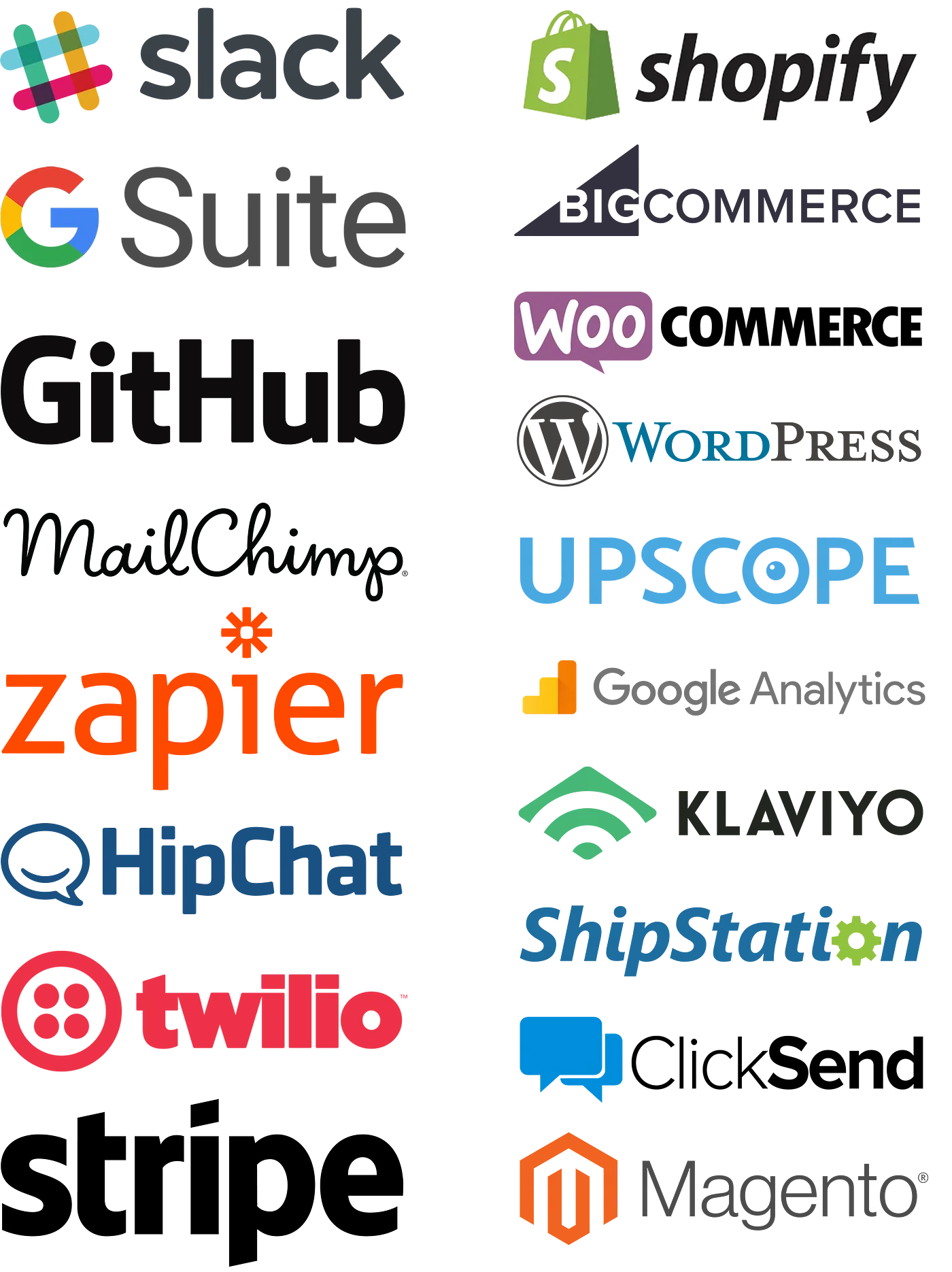
Integration and channel partnerships helped us expand our horizons in terms of customer reach, co-marketing, and unparalleled market penetration through existing and well established brands. These external channels allowed our team to not only focus on building bulletproof integrations but also allowed our marketing teams to focus on crafting messages that aligned with the needs of specific channel partners.
For example, our partnership with Upscope.io to bring real time screensharing and co-browsing to businesses using our live chat solution allowed us to:
- Secure co-marketing campaigns on Twitter and Facebook which reached over 6,000 unique users
- Secure a monthly newsletter from Upscope to over 5,000 unique users with featured Re:amaze content
- Secure a permanent mention on Upscope’s guide to a successful customer.
- Secure a permanent spot in their integrations page.
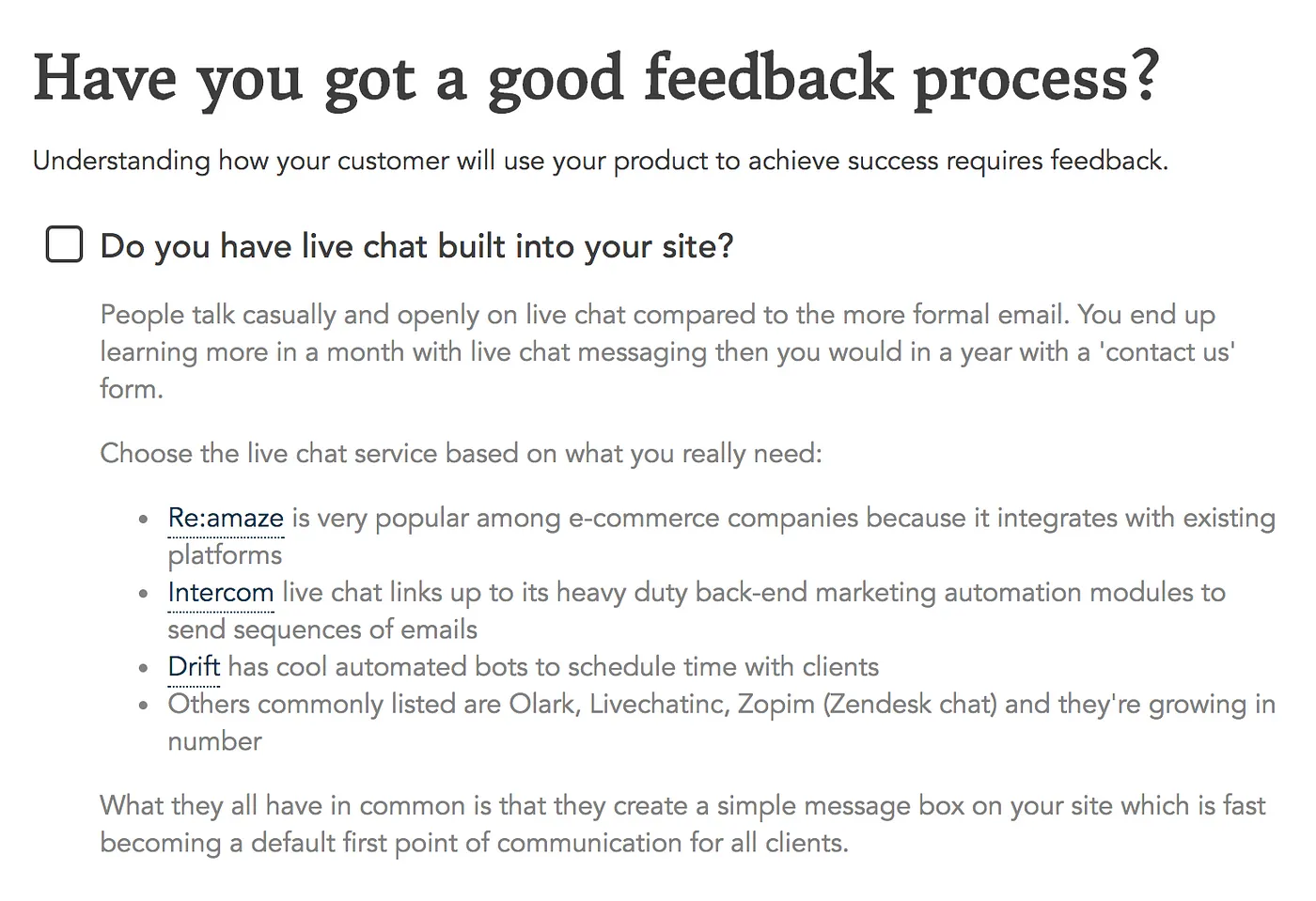
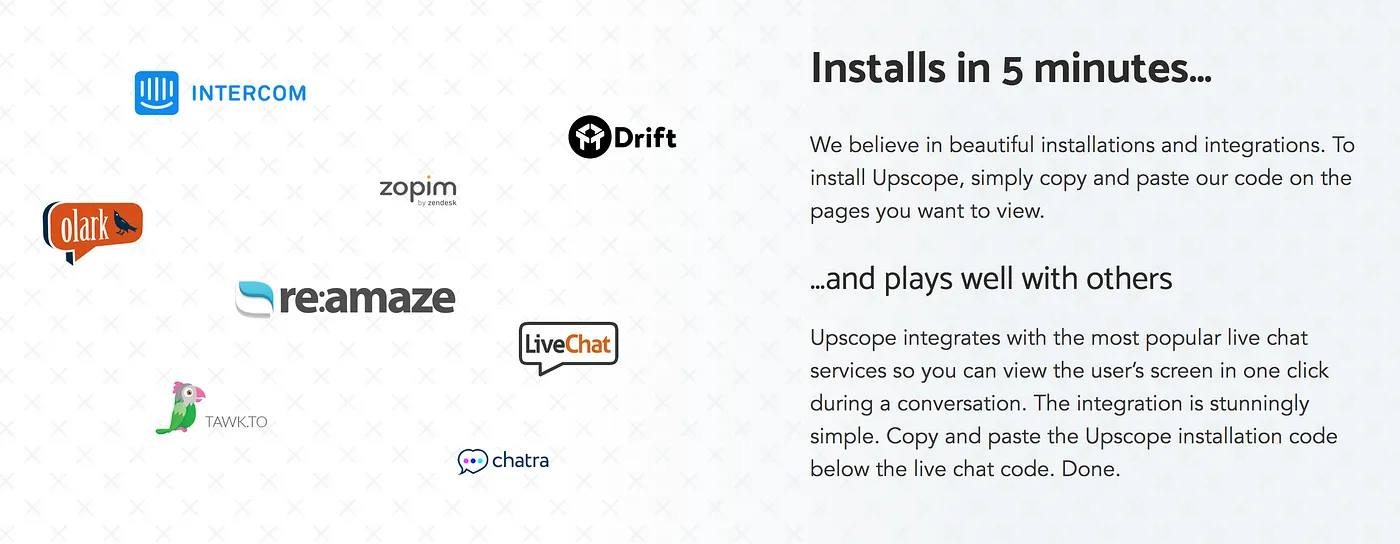
Focusing on key external channel and partners like BigCommerce and WooCommerce allowed us to grow immensely due to the attention we received. Since being added as a Certified Technology Partner to BigCommerce’s ever growing app store in June, we’ve nearly tripled our BigCommerce conversions.
“Our partnership with Reamaze further illustrates our commitment to providing merchants access to the highest-caliber technologies and service providers available in the industry. Reamaze shares our desire to help merchants sell more and grow faster to maximize success, and we look forward to working together to mutually support customers.” — Russell Klein, Senior VP of Corporate Development for BigCommerce
How 2 Brands Navigate the Chaotic Chat Channels of Modern Customer Service via @reamaze https://t.co/hHH8SjswVK pic.twitter.com/jn9mJ0xHKK
— Tracey Wallace (@TraceWall) September 28, 2017
The advantages of expanding channels via large partners like BigCommerce, Shopify, or WooCommerce include things such as:
- Opportunities to be featured
- Newsletter opportunities for shared content
- Blog participation
- Unique offers
- Expert content participation
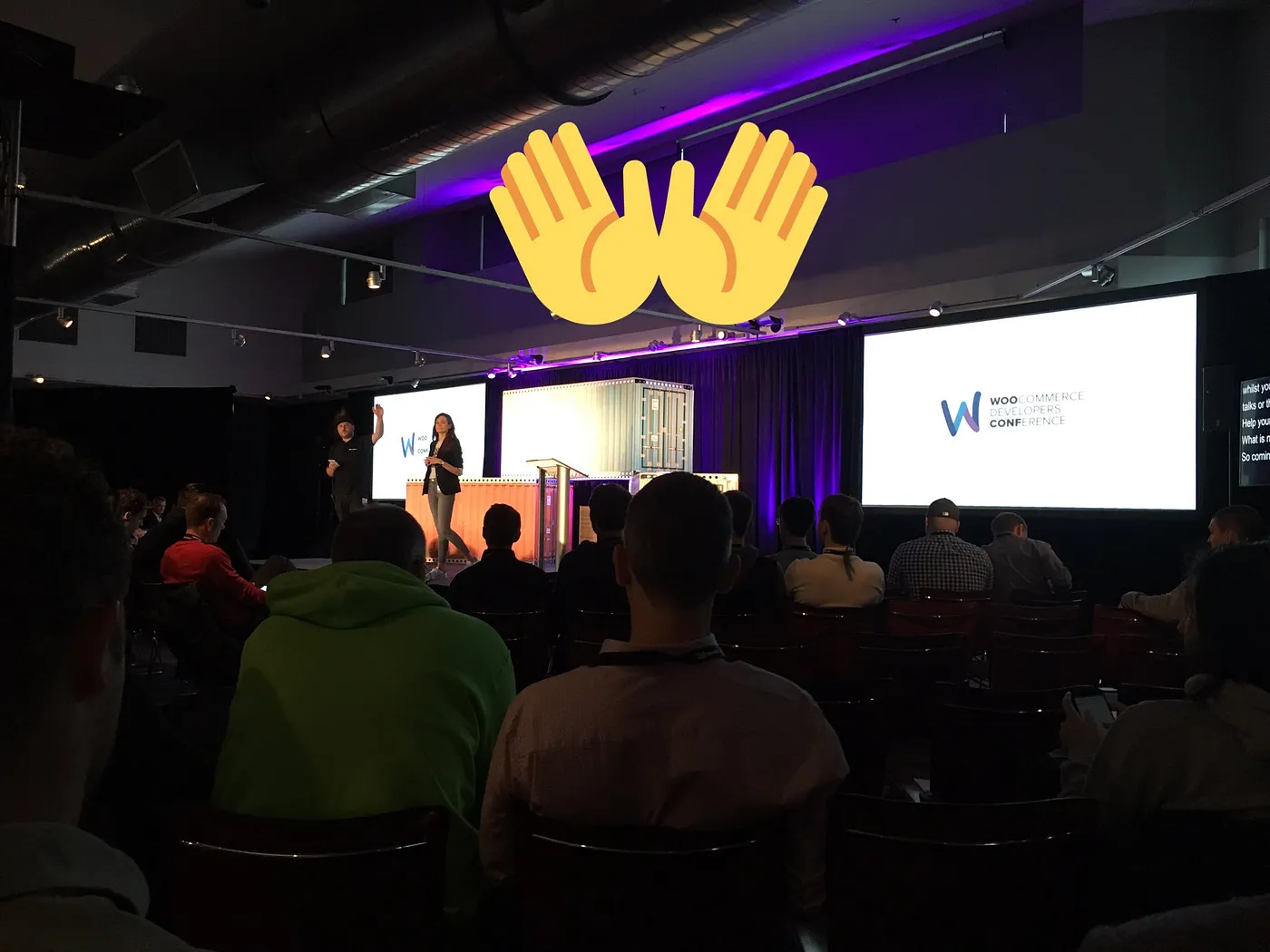 Re:amaze at WooCommerce Conference in Seattle.
Re:amaze at WooCommerce Conference in Seattle.So what does 2018 have in store? We certainly have plans to double our growth again at the very least. However, we do plan on experimenting with various different strategies that target growth in specific verticals of. Things like cold emails, more integrations, a free app designed to drive traffic to our core products, webinars, etc. are all part of our growth plan. The plan isn’t drastically different from 2017 but the strategic initiatives we’re undertaking will vary based on the needs of our user base and the partners we’ll be working closely with. We’ve also made a list of high, medium, and low priority items we need to tackle in each of the four quarters of 2018 and have assigned time frames to each.
Interested in what else we have to say? Make sure to recommend this article by clicking the heart and follow us for more stories about startup life, customer service, and tips on treating customers right.
You can also find our multi-brand, multi-channel customer service platform at https://www.reamaze.com. Follow @reamaze.

